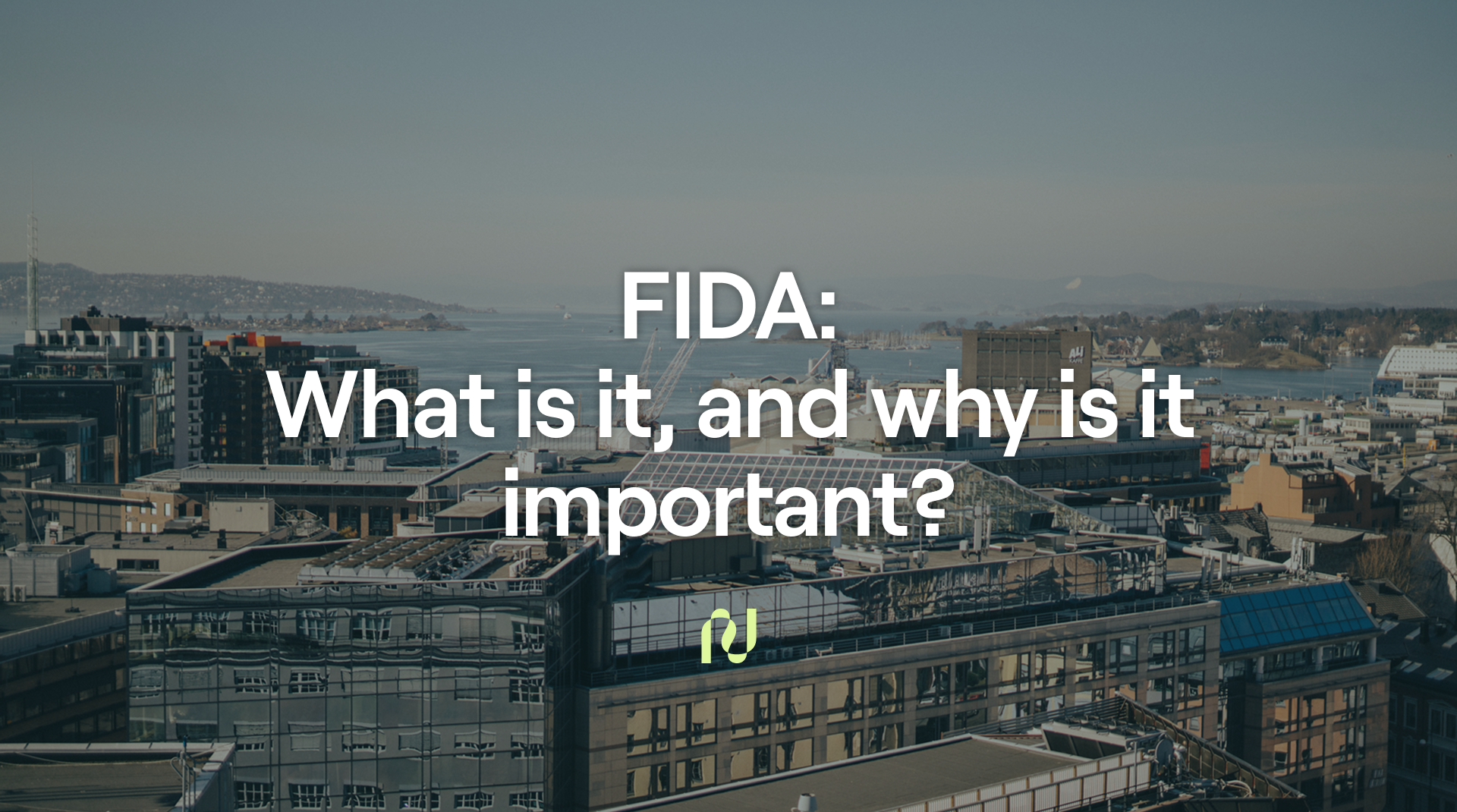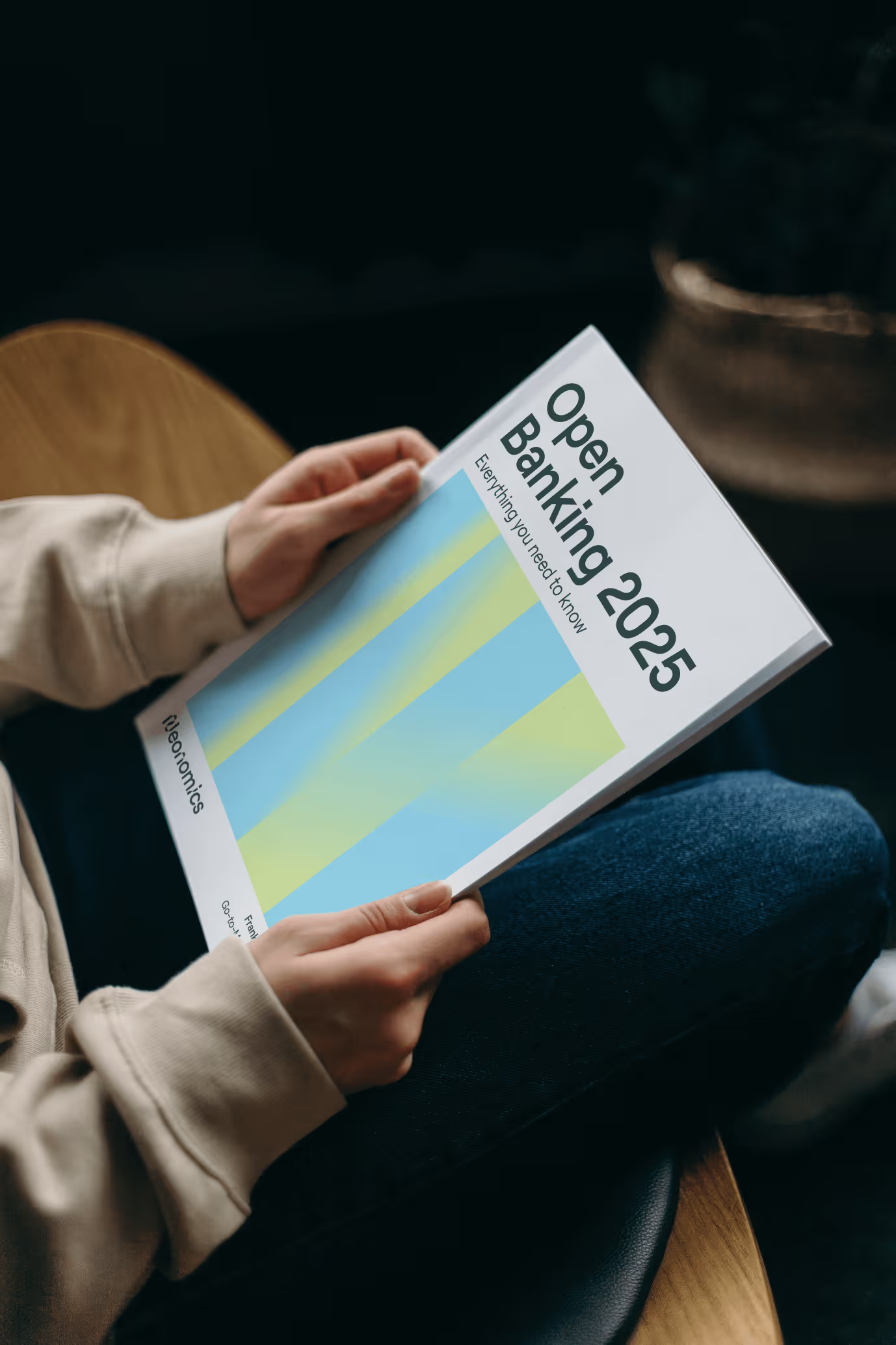What is open banking?
Open banking, driven by the EU’s second payment services directive (PSD2) in 2018, is an industry shift that enables individuals and businesses to grant authorised third-party providers secure access to their financial data, allowing them to provide better financial services (such as being able to initiate payments directly from their bank account). In other words, it cuts out the middleman (such as cards), enabling you to do so much more with your account, such as making payments even easier. Although its immediate effect was felt in payments, the data provided by open banking offers opportunities for businesses to further add value to their customers.
How does it work?
By cutting out the middleman, open banking allows anyone with a bank account to initiate digital payments swiftly and securely. How it works is that through PSD2, banks must allow authorized and licensed TPPs (third party providers) to access customers’ financial data with their consent. Individuals are asked to grant consent through SCA (Strong Customer Authentication), allowing TPPs to access their financial data and initiate the payments on their behalf. As a result, TPPs and businesses are able to build financial products on top of that to further improve customer experiences on digital platforms.
- AIS (Account Information Service): Great for budgeting apps or lending platforms access to a customer’s financial data.
- PIS (Payment Information Service): Making payments has never been easier. PIS account-to-account payments enable customers to initiate payments directly from the customer’s bank account without the tedious process of having to type in transfer manually.

Other open banking examples and how they work:
Account Data:
Step 1: Connect to bank: Customer connects to account.
Step 2: Authenticate: Your customer authorizes access to their account.
Step 3: Overview: Your customers get a comprehensive overview of their finances.
Account Verification:
Step 1: Connect to bank: Your customer connects to their bank and selects their account they need to verify.
Step 2: Authenticate: Your customer authorizes access to their account.
Step 3: Verification: The customers’ account information is retrieved.
Why should you pay with open banking?
💡Open banking puts user experience at the forefront
A better customer experience – providing an easier and more secure way to pay for things online. One of the drivers of open banking was to put the customer as the central part to open banking. Where it will truly excels in the customer’s perspective is user experience.
💡Equally convenient – but much safer
Card payments, while safe in general, pose a security threat when stolen or exposed in data breaches. As open banking uses your chosen bank’s security layer plus Strong Customer Authentication (SCA), they’re able to make sure it’s you initiating the transaction. Under the PSD2 regulation, retailers are not able to collect any security information for financial transactions. You never have to provide your bank details to anyone but the bank itself, making it as safe as online banking.
💡Cost efficient
Transaction fees for cards and wallets have been on the rise, and unfortunately these costs are often passed onto the consumer. Open banking helps tackle this. Since open banking allows you to pay directly from your bank, the cost is hugely reduced.
💡You control your finances
Your financial data is now all in one place, making it easier to manage your finances, take out loans, and other financial services that are better suited.
How is it regulated?
Open banking providers must be regulated by the FCA or a European equivalent. Neonomics is licensed by the Norwegian Financial Supervisory Authority (Finanstilsynet) and passported across the EU.
Let´s talk
Do you want to learn more about our solutions? Book a meeting with Barbara Ferreira, our solution expert.
Book a demo

.png)



.png)















































